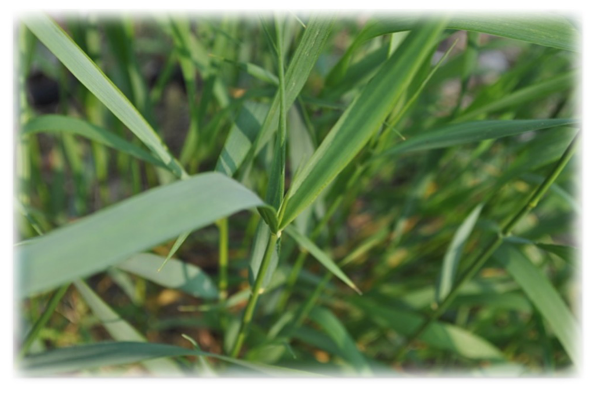Region
Thompson Shuswap
HOW TO IDENTIFY?
- Grass blades are wide and feel slightly rough.
- Roots are yellowish-white with fibrous roots attached.
- Likely taller than other grasses.
IS THIS PERENNIAL A PROBLEM?
- YES. It spreads aggressively and chokes out other plants.
- Livestock can eat it, but it’s a troublesome weed in gardens.
- Can spread 3 metres a year!
HOW DOES IT GROW?
- Usually in clumps.
- Can grow from seeds.
- Roots spread horizontally.
- Doesn’t like shade.
- Likes moisture and disturbed soil, but is DROUGHT TOLERANT.
- Roots form mats, but don’t grow as deep as some other weeds.
HOW TO CONTROL?
- COVER well with layers of cardboard, old leaves, mulch; weed out any quackgrass that makes its way through the layers.
- Kill small patches with HOT WATER.
- Can be successfully controlled if weeded REPEATEDLY. Make sure to get all the roots because small pieces of root can grow new plants.
- Where appropriate, plant shrubs or trees to create shade.
- To combat in lawns, maintain healthy lawn and overseed.
- Carefully timed and repeated tilling can work, BUT tilling can increase problems.
Sources:
British Columbia Ministry of Agriculture, Food, and Fisheries. Guide to Weeds in British Columbia, 2002.
Royer, F. and Dickinson, R. Weeds of Canada and the Northern United States. 1999.
Parish, Coupe, and Lloyd. Plants of the Southern Interior and Inland Northwest, 1996.
Image: New York State IPM Program at Cornell University, via Wikimedia Commons.
PDF
| Attachment | Size |
|---|---|
| QUACKGRASS_0.pdf | 89.52 KB |
